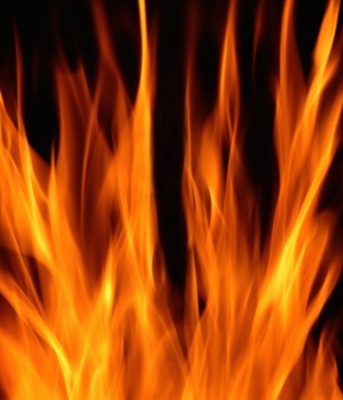Instruction
1
Differentiate the classes of fire presented separately substances, materials, equipment, electrical wiring, structural elements of the building.
2
Remember that all substances are divided into 4 classes.
In the list of the fire elements of the 1st class take the explosive aerosols having lower concentration limit corresponding to the real threat of fire or explosion (below 15 g per cubic meter). Such substances are represented by sulphur, rosin, naphthalene, dust, peat, mill, ebony.
In the list of the fire elements of the 1st class take the explosive aerosols having lower concentration limit corresponding to the real threat of fire or explosion (below 15 g per cubic meter). Such substances are represented by sulphur, rosin, naphthalene, dust, peat, mill, ebony.
3
In the list of flammable substances of the 2nd class will include explosive aerosols having lower concentration limit corresponding to the real threat of fire or explosion, ranging from 15 to 65 g per cubic meter. Such substances are represented by lignin, aluminum powder, hay, flour and shale dust.
4
On the list of substances of the 3rd class of danger will get even more flammable substances. This aerogels having lower concentration limit corresponding to the real threat of fire or explosion, which is higher than 65 grams per cubic meter. The ignition temperature of aerogels — not more than 250° C. Such substances are, for example, silo, tobacco dust.
5
In the list of flammable substances of the 4th class to rank aerogels having lower concentration limit exceeding the value of 65 g per cubic meter, with the ignition temperature to 250° C. It is in particular zinc dust and sawdust.
6
Of particular importance in the concepts of "class of fire" give the classification of areas of the enterprise.
Determine the fire hazard zone as the space is outdoors, indoors, where there is constant or periodic flammable materials and substances.
Determine the fire hazard zone as the space is outdoors, indoors, where there is constant or periodic flammable materials and substances.



